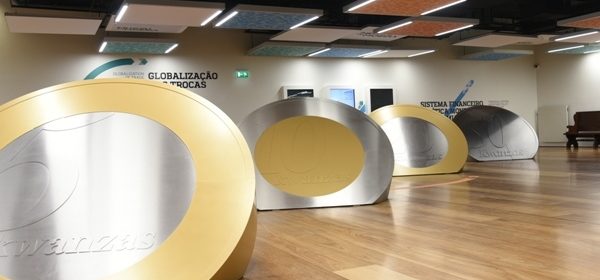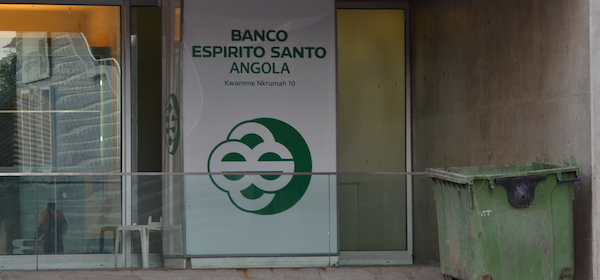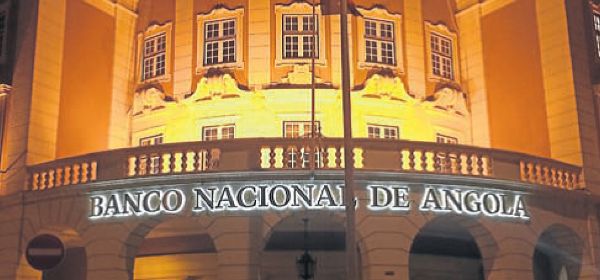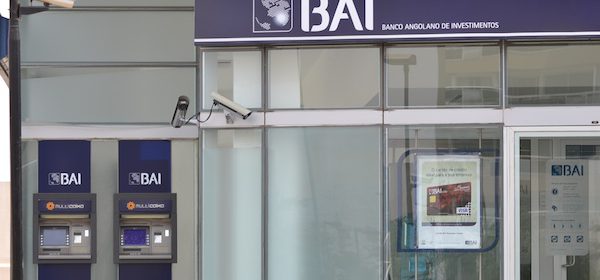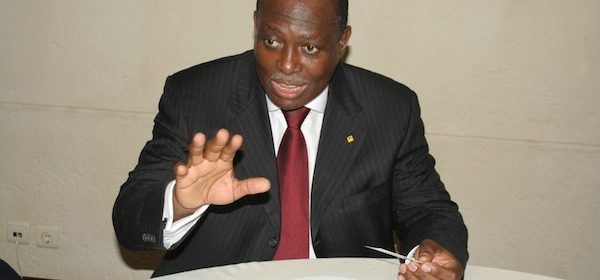Vincent Miclet’s Angolan (Mis)Adventures

When Le Monde profiled the African-born businessman Vincent Miclet in November 2018, it called him the “Gatsby” of Francophone Africa. The inference was clear: opulence and decadence combined in a single name. Gatsby was the fatally-flawed eponymous character of F. Scott Fitzgerald’s novel, whose fabulous wealth was obtained through mysterious, possibly illegal, means and whose machinations led to his downfall. Vincent Miclet (on the main foto) was presented as somewhat exotic: a slick, fifty-something millionaire playboy, born and educated to Baccalaureate level in Africa, his business acumen, in his own words, “self-taught”. In a self-serving interview with Le Monde, Miclet hoped to portray himself as a business genius cheated by Angola’s corrupt Generals. Publication ensured numerous commentators would take a closer look. The French businessman did not respond the questionnaire . This is the first in a series of investigations by Maka Angola. BUDDIES AND BRIBES According to Liberation, Miclet […]
Read more
